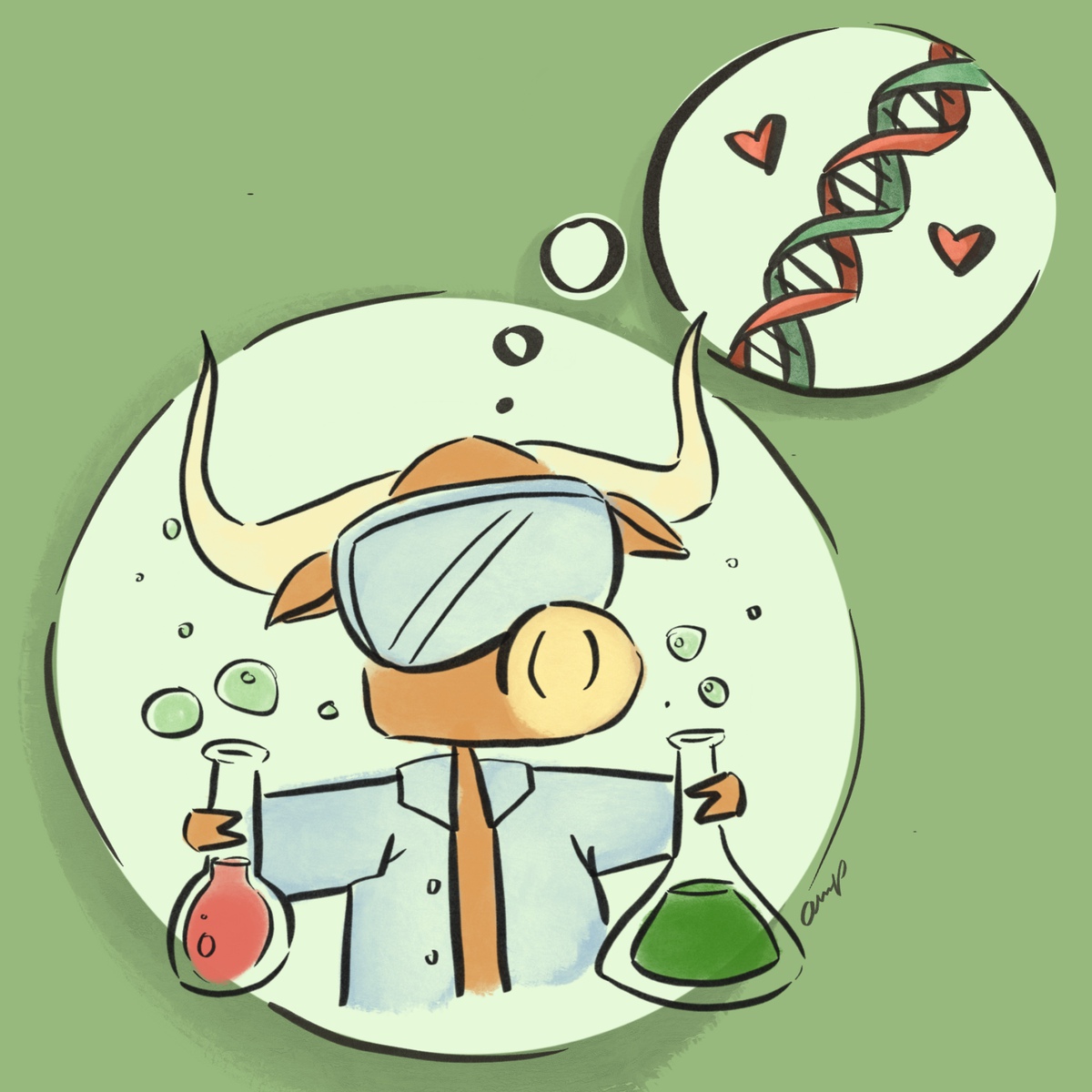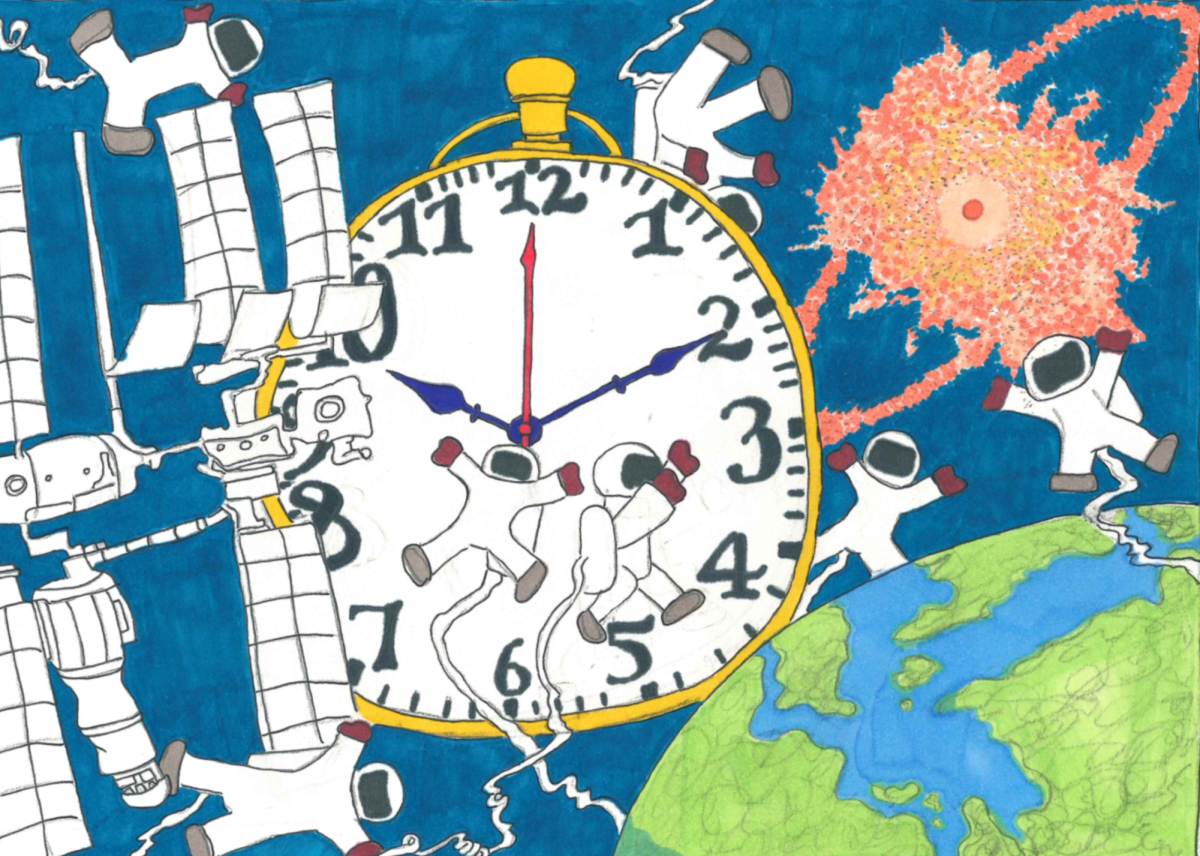UT biomedical researchers developed a new tool that could reduce costs for diagnosing infectious diseases such as COVID-19.
The new tool, called the Subak reporter, works by using clustered regularly interspaced short palindromic repeats CRISPR-based diagnostics in conjunction with fluorescent nanomaterials, that turn from green to red when nucleic acid cleavage is detected, signaling the presence of an infectious disease.
Soonwoo Hong, a biomedical engineering Ph.D. candidate, created the research idea. He led the work under Tim Yeh, an associate professor in the Cockrell School of Engineering’s Department of Biomedical Engineering. Originally, he worked on DNA templates but shifted gears after his lab shut down due to COVID-19.
Upon returning to the lab in 2021, Hong started designing a probe that eventually became the Subak tool.
Hong named the tool himself, using the Korean word for watermelon as inspiration.
“One of the joys as an international student is to name some techniques with my own language,” said Hong, an international student from Korea.
He recalled his work while looking at watermelon at the grocery store.
“I immediately thought, ‘This is exactly the same (thing) I see from my technique,’ because my probe (is) also originally (a) green color, but when (its) cut by the CRISPR enzyme (it) shows up as a red color,” Hong said.
The Fluorescence Resonance Energy Transfer probe, the traditional tool for detecting infectious diseases, requires an additional purification step that the Subak reporter does not, offering a cost-effective alternative.
“We can do the same detection without sacrificing the sensitivity (of the probe) at 62 times cheaper in price,” Hong said. “So that’s our main advantage.”
Additionally, future applications of the probe will allow nucleic acid cleavage detection to be read in homes rather than require a trip to a centralized lab.
“For our small reporter, we can (read it) at home with a UV light, because our probe can be universally excited by a UV light,” Hong said.













